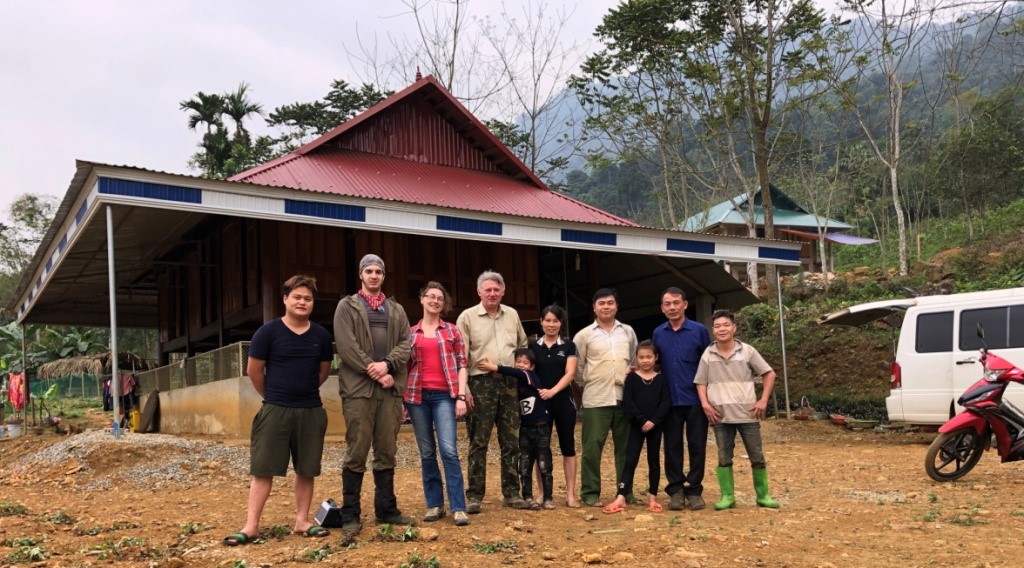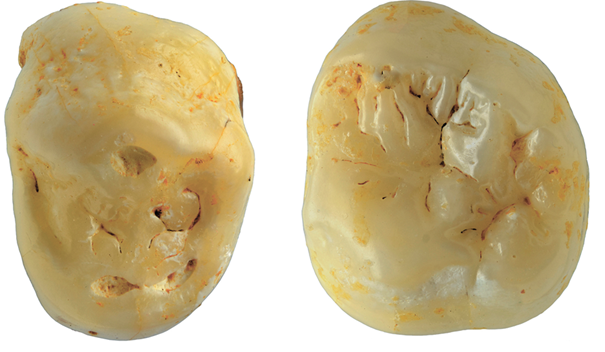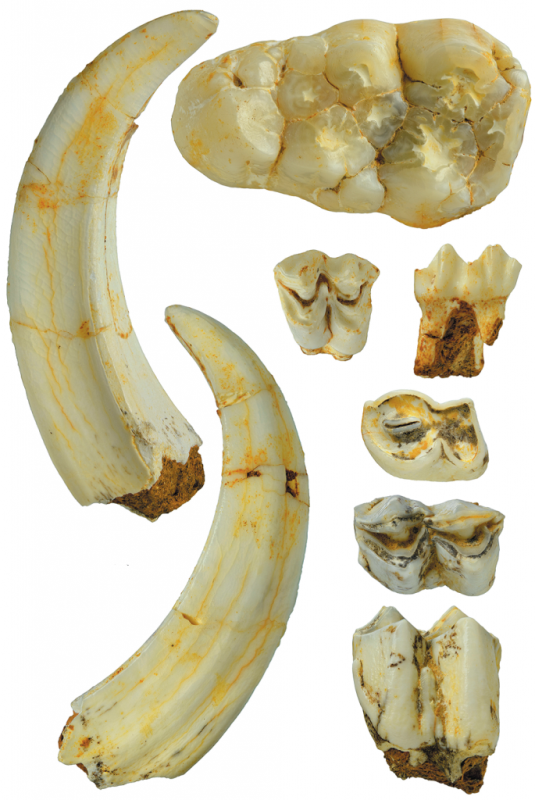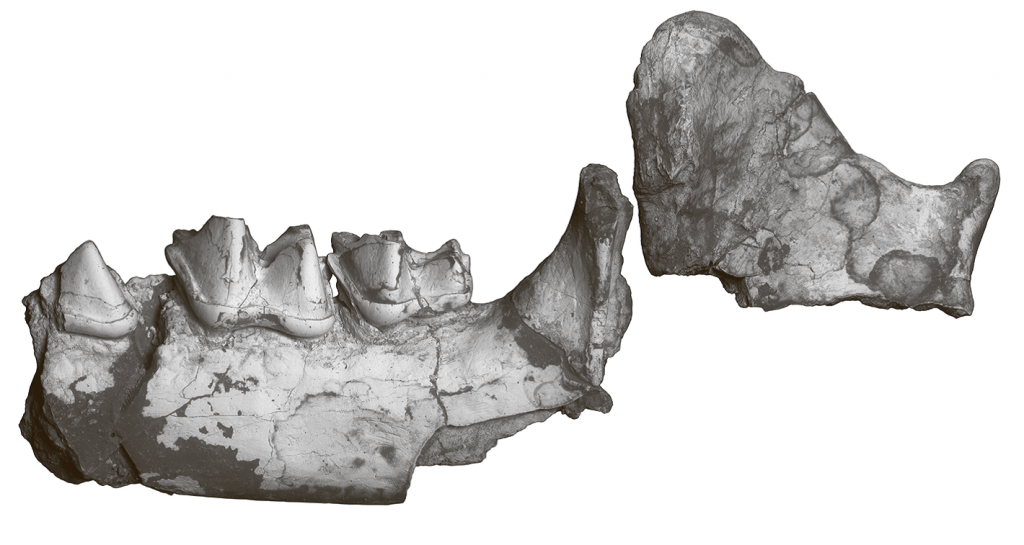Pleistocene Mammals from the Lang Trang Cave (Vietnam): New Data
29/09/2021The Lang Trang karstic cave is located in Ba Thuoc district of Thanh Hoa Province, northern Vietnam. Previously, the cave has been researched and discovered by archaeologists and paleontologists of 3 national survey teams (Vietnam - Netherlands, Vietnam - USA). This cave became famous due to finds of fossil hominids and more than 30 species of other Stegodon–Ailuropoda Fauna mam mals, typical of the second half of the Middle Pleistocene and the beginning of the Late Pleistocene.
In March of 2020, the expedition team of the Borissiak Paleontological Institute of Russian Academy of Sciences (PIN) and Institute Tropical ecology of Vietnam-Russia Tropical Center performed shortterm excavations in the Lang Trang cave.

Members of the survey team and officials, local people
The following mammal assemblage was identified among the materials collected in 2020: the primates Pongo sp. (Pongidae), Trachypithecus sp. (Colobidae), Macaca cf. nemestrina (Linnaeus, 1766), Macaca sp. (Cercopithecidae); the carnivorans Arctonyx collaris rostratus Matthew et Granger, 1923 (Mustelidae), Panthera sp. (Felidae); the chiropteran Ia io Thomas, 1902 (Vespertilionidae); the rodent Hystrix kiangsenensis Wang, 1931 (Hystricidae); the proboscidean Elephas sp. (Elephantidae); the perissodactyls Tapirus indicus (Desmarest, 1819) (Tapiridae) and Dicerorhinus sumatrensis (Fischer, 1814) (Rhinocerotidae); and the artiodactyls Sus scrofa Linnaeus, 1758, S. barbatus Müller, 1838 (Suidae), Tragulus kanchil (Raffles, 1821) (Tragulidae), Hydropotes inermis Swinhoe, 1870, Muntiacus muntjak (Zimmermann, 1780), Axis porcinus (Zimmermann, 1780), Rusa unicolor (Kerr, 1792) (Cervidae), and Capricornis sumatraensis (Bechstein, 1799) (Bovidae)

Teeth of the orangutan Pongo sp. obtained at Lang Trang cave
Compared with previous research, Bat Ia io, Sus barbatus, Tragulus kanchil, Hydropotes inermis, and Axis porcinus were identified in the Lang Trang fauna for the first time. At present, S. barbatus lives only on the Malay Peninsula, Sumatra, and Borneo. The water deer Hydropotes inermis lives in Korea and China. In Southeast Asia, the Hydropotes inermis remain was found for the first time. P. pygmaeus from the Lang Trang cave was described as the separate subspecies P. p. ciochoni, which is characterized by large teeth and specific structural features of. Given to the polymorphism typical of this species, the subspecies status of orangutan from the Lang Trang cave is the subject of discussion.

TTeeth of cloven-hoofed species (top left - Sus barbatus; right, second row - Tragulus kanchil; third row - species of water deer Hydropotes inermis; below - golden deer Axis porcinus)

Fragment of the lower jaw bone of the Ia io bat from Lang Trang Cave.
The results obtained provide important information about the early stages of the evolution of the fauna and natural environment of Vietnam in the Early Pleistocene.
Sources: Lopatin A.V., Mashchenko E.N., Vislobokova I.A., Serdyuk N.V., Le Xuan Dak, 2021. Pleistocene mammals from Lang Trang cave (Vietnam): new data, Reports of biological sciences, 496 : 5-9.
Article and photos: Le Xuan Dac/ Institute of Tropical Ecology









